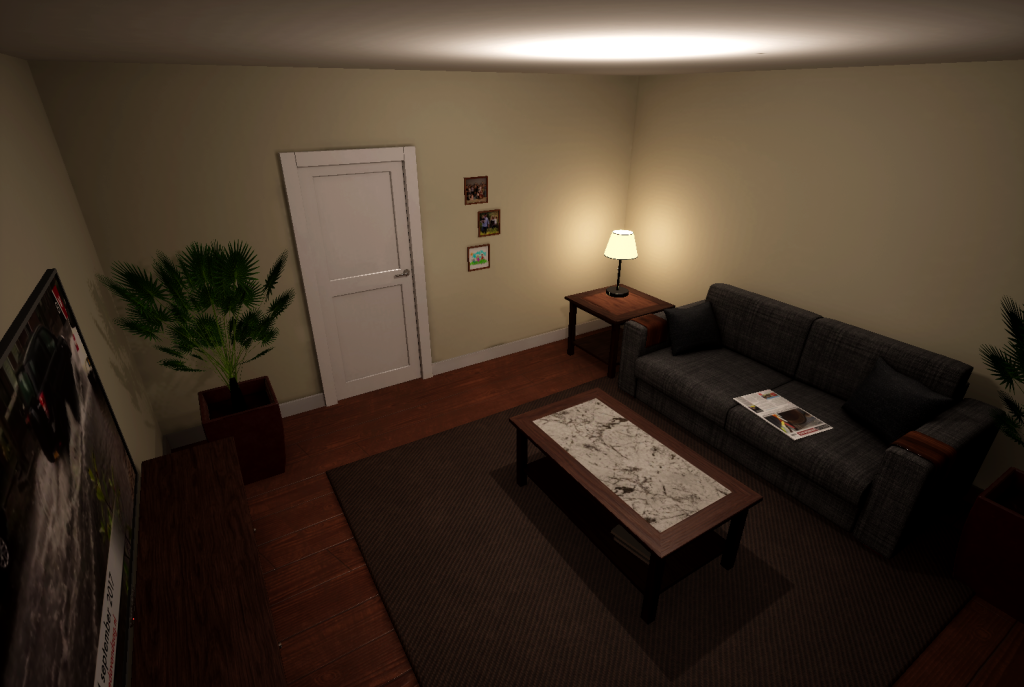Story
As media budgets do not increase with the same speed as the rise of complementary media, the right media choice has become more important as well as more difficult. Especially for local and regional news organizations that deal with budget reductions, a decline of youth willing to pay for news and an increase of media that provide free access to news pose great challenges. In the context of an already complicated media strategy puzzle, Virtual Reality (VR) has entered the news domain.
VR, according to journalists, might be a new means to reach the audience. However, local and regional VR productions almost do not exist, making it unclear how to create local/regional VR news and how to implement this effectively in the newsrooms. VIRGiN reveals types of local/regional stories and storytelling techniques that fit VR based on research among local/regional journalists and editors from Omroep Brabant and Breda Vandaag and their (potential) young audiences.
Process
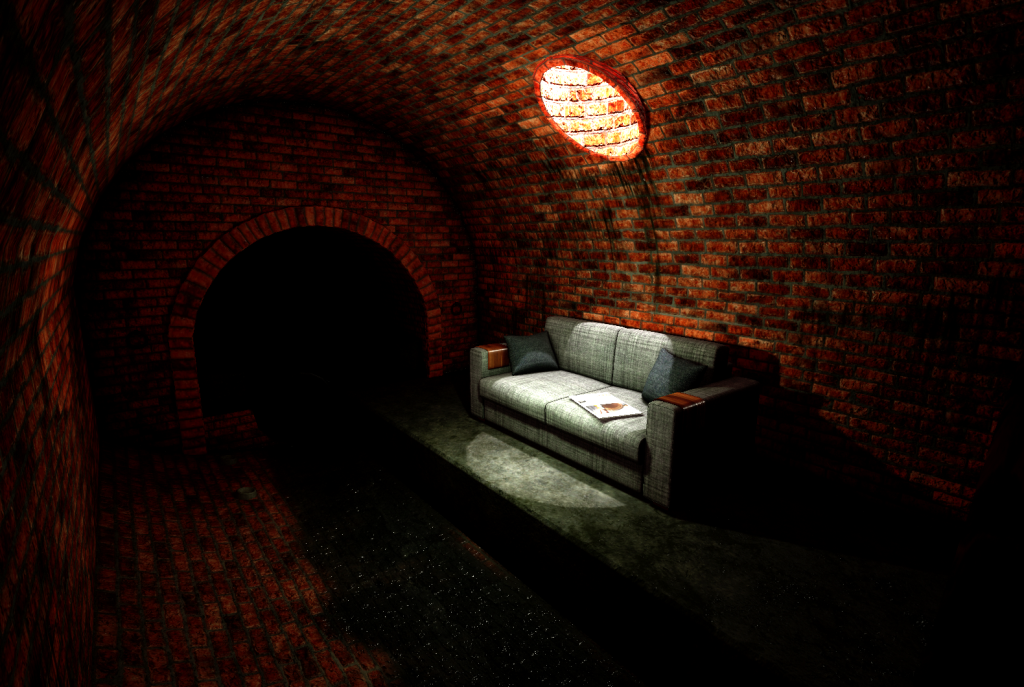
Based on this, two local and regional VR news proof of concepts will be created: One grounded on journalist input, while the other concentrates on user generated VR news. These activities will reveal the ideal local and regional stories and storytelling techniques and best ways to motivate, make use of and share (user generated) VR content. The proof of concepts, together with production and process reports, will provide tangible examples and guidelines for local and regional journalists to learn whether and how to implement VR in their stories. This project is a stepping stone towards a larger (inter)national collaboration on VR news creation.
Results
Within the VIRGiN meeting between journalists, scientists, and experts in the field of virtual reality, this list was created to provide guidelines for when VR could support a (regional) journalistic story:
- The story must have news value.
- The story must appeal to or generate attention for other stories.
- The story must be local.
- The story must offer added value in VR. After all, VR provides viewers, readers, and followers with access to places they cannot easily or quickly reach on their own.
- The location must be visually attractive—after all, we’re dealing with visuals, not radio.
- The story must be producible within a reasonable timeframe.
Providing access to places that are impossible or very difficult to reach is one of VR’s most powerful elements. There are five key “VR aspects” that are essential in this context:
Place: Since VR involves movement, but too much movement can cause motion sickness, the situation must be suitable for viewing in a VR context.
Presence: It must be a place where you would want to feel present.
Proximity: It should be a situation you want to be close to—something that is normally off-limits, for instance, because it’s too dangerous.
Perspective: Since VR offers 360-degree visuals and allows you to look around freely, the situation should lend itself to this format. There should be interesting elements that encourage you to look up or down.
Point of View: VR makes it relatively easy to film from a specific perspective (similar to how it’s done in games, from the viewer’s point of view).
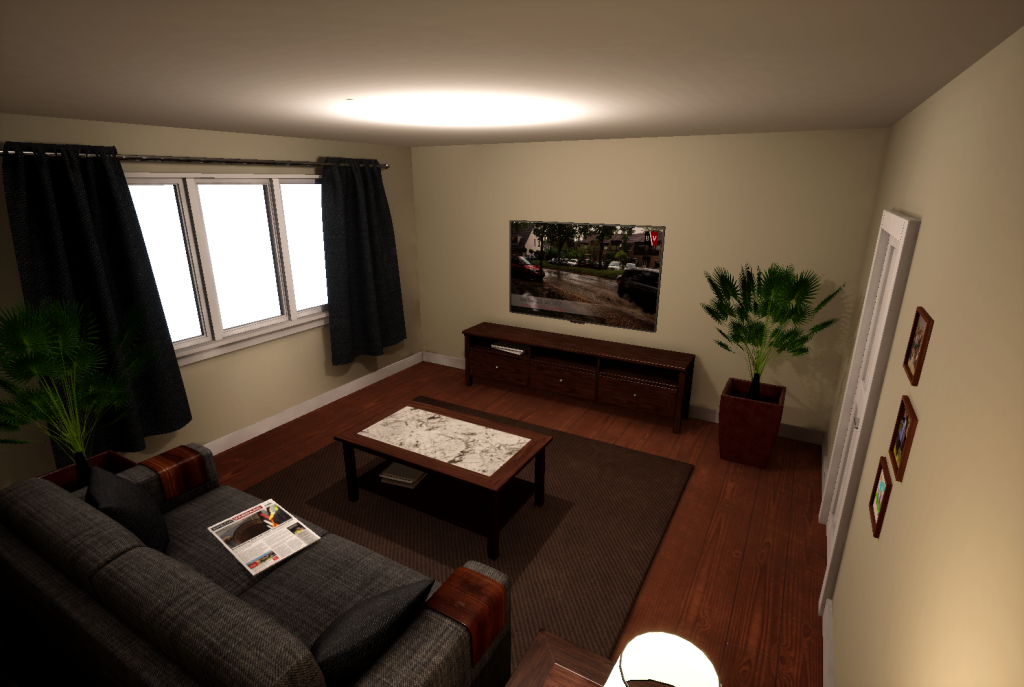
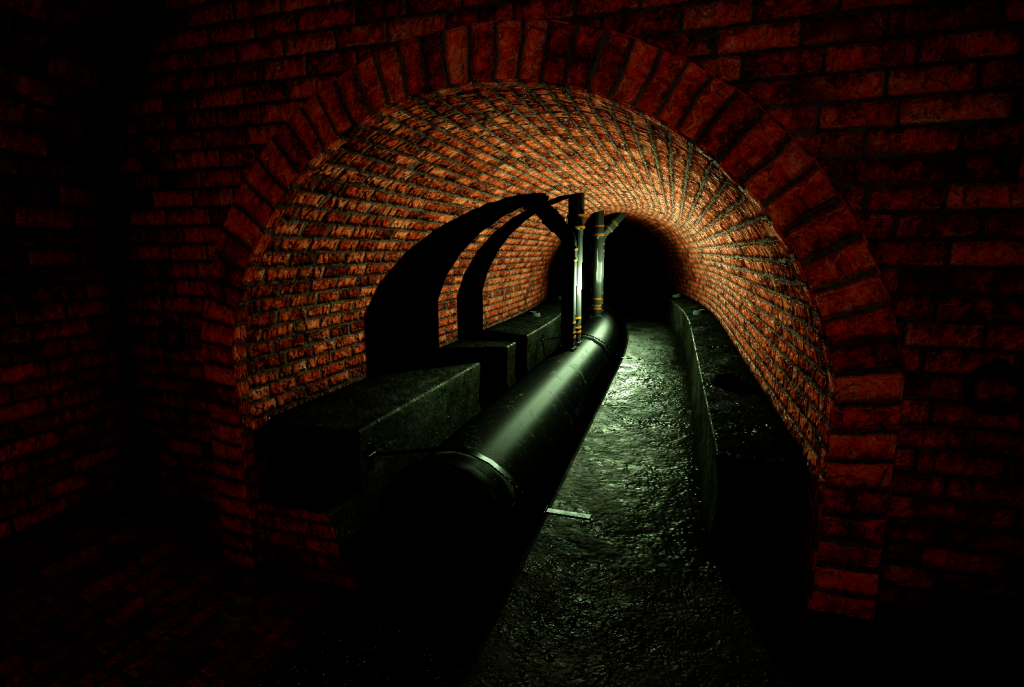
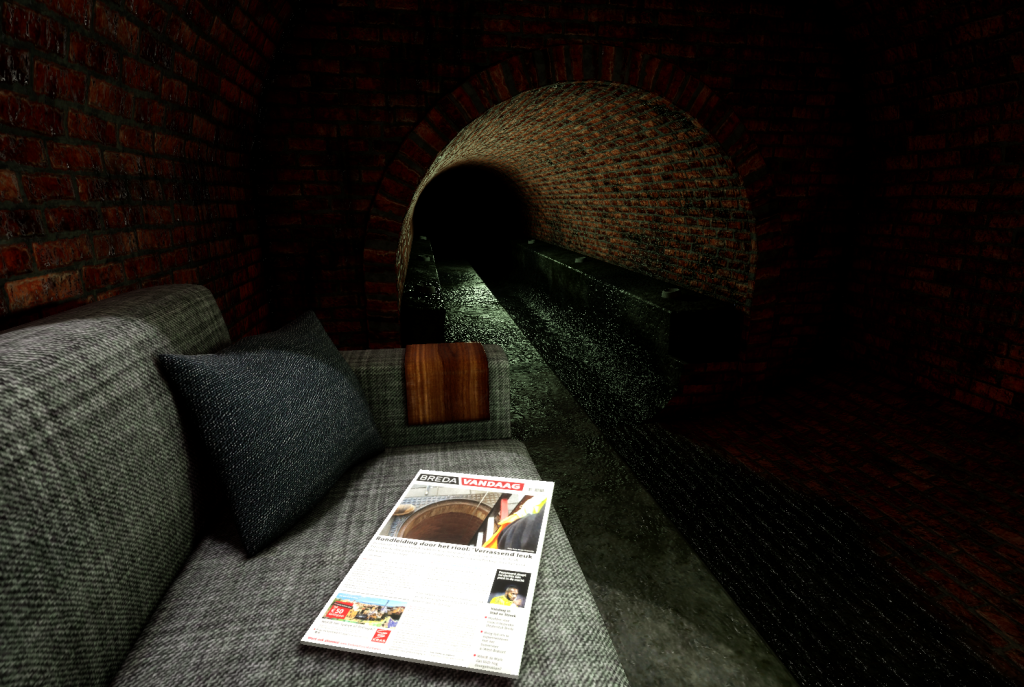
Research Output
Mee het riool in tijdens een overstroming : VR in lokale journalistiek
Virgin: VIrtual Reality reGional News
Virgin Virtual Reality Product
NHTV onderzoekt gebruik van virtual reality in lokaal en regionaal nieuws

